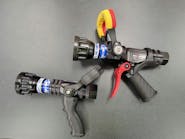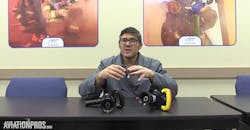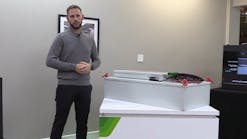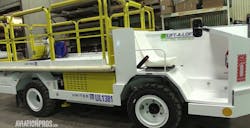O'Hare gets new electronic eyes; $17 million system could help reduce near-collisions
On bad weather days in the past, air traffic controllers were largely reliant on staring out the window at O'Hare Airport's tower to determine just how congested things were.
But recently, the airport installed a $17 million computer system that uses sensors and satellite tracking technology to provide computer images showing the exact location of all planes on the runway and in the airfield nearby.
It even issues warnings when planes appear to be on a collision course. The system, unveiled Friday, is being installed in major airports around the country.
"As you all know, the weather conditions can be challenging in Chicago," said Hank Krakowski, the Federal Aviation Administration's new chief operating officer. "Visibility out the tower cab can be limited when there is bad weather. So this gives a really good graphical depiction of what's going on."
Krakowski, a former United Airlines pilot, said the system could help reduce the number of near-collisions, including one in July when a landing plane came dangerously close to a plane on the ground that had taxied into the wrong area.
Called Airport Surface Detection Equipment, the system was installed in late August. An additional system will be installed next November at O'Hare. Midway Airport is scheduled to receive the new technology in 2010.
'STAFFING IS TIGHT'
In response to concerns about whether the towers have enough staff, Krakowski conceded "staffing is tight" -- nationwide and at O'Hare. He said controllers were working overtime to fill shifts.
He also acknowledged that "fatigue is endemic in aviation" and said officials were taking steps to reduce it among controllers and pilots. Still, he noted that there had been no major incidents in September and that air safety had improved greatly over the last decade.
And Bill Mumper, air traffic manager at O'Hare, said it was "overblown to say there is a staffing crisis."
He was able to hire 17 new people last year, bringing his staff to 61.
Nationwide, 1,800 new controllers have been hired in the last year.





